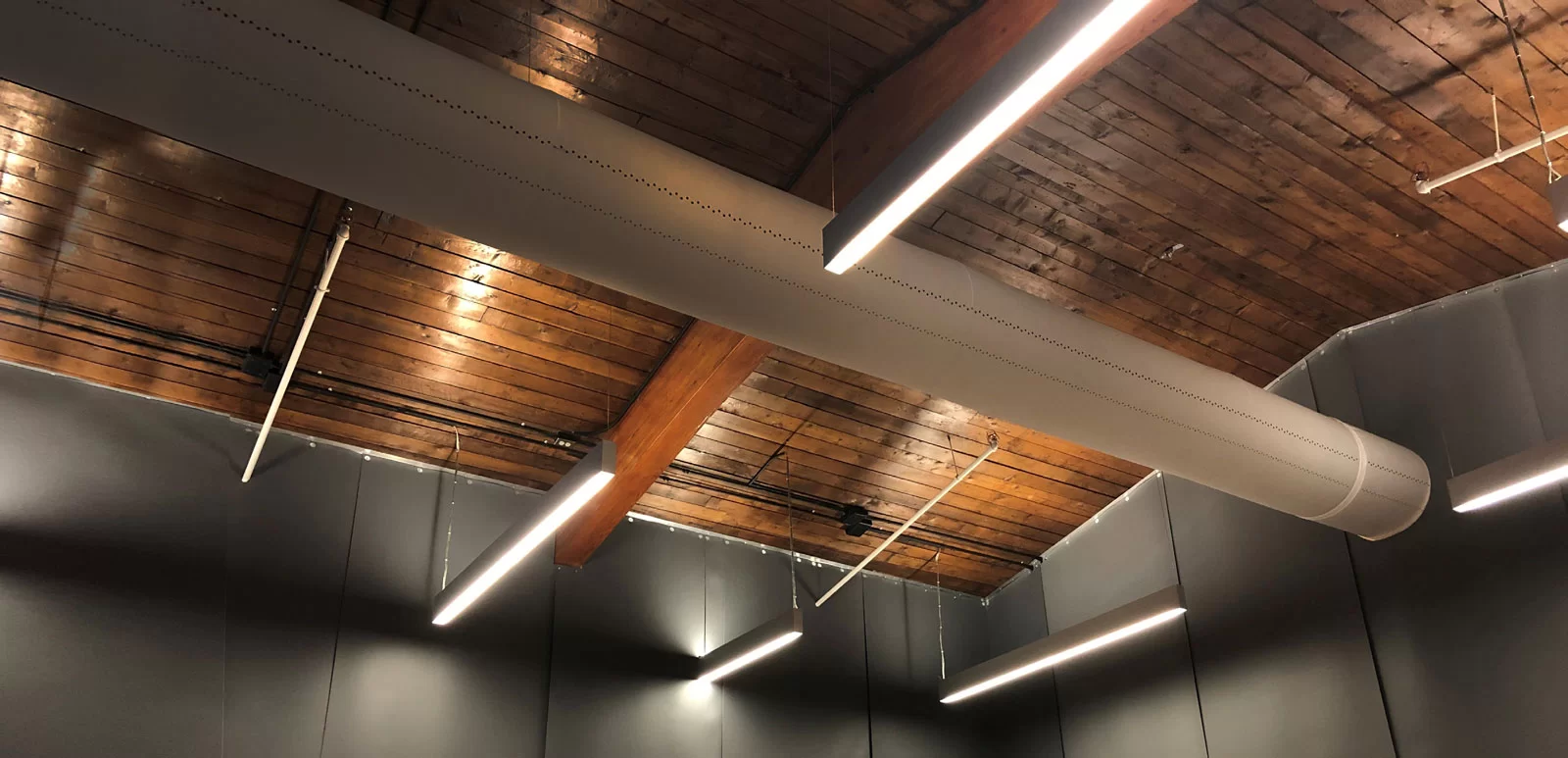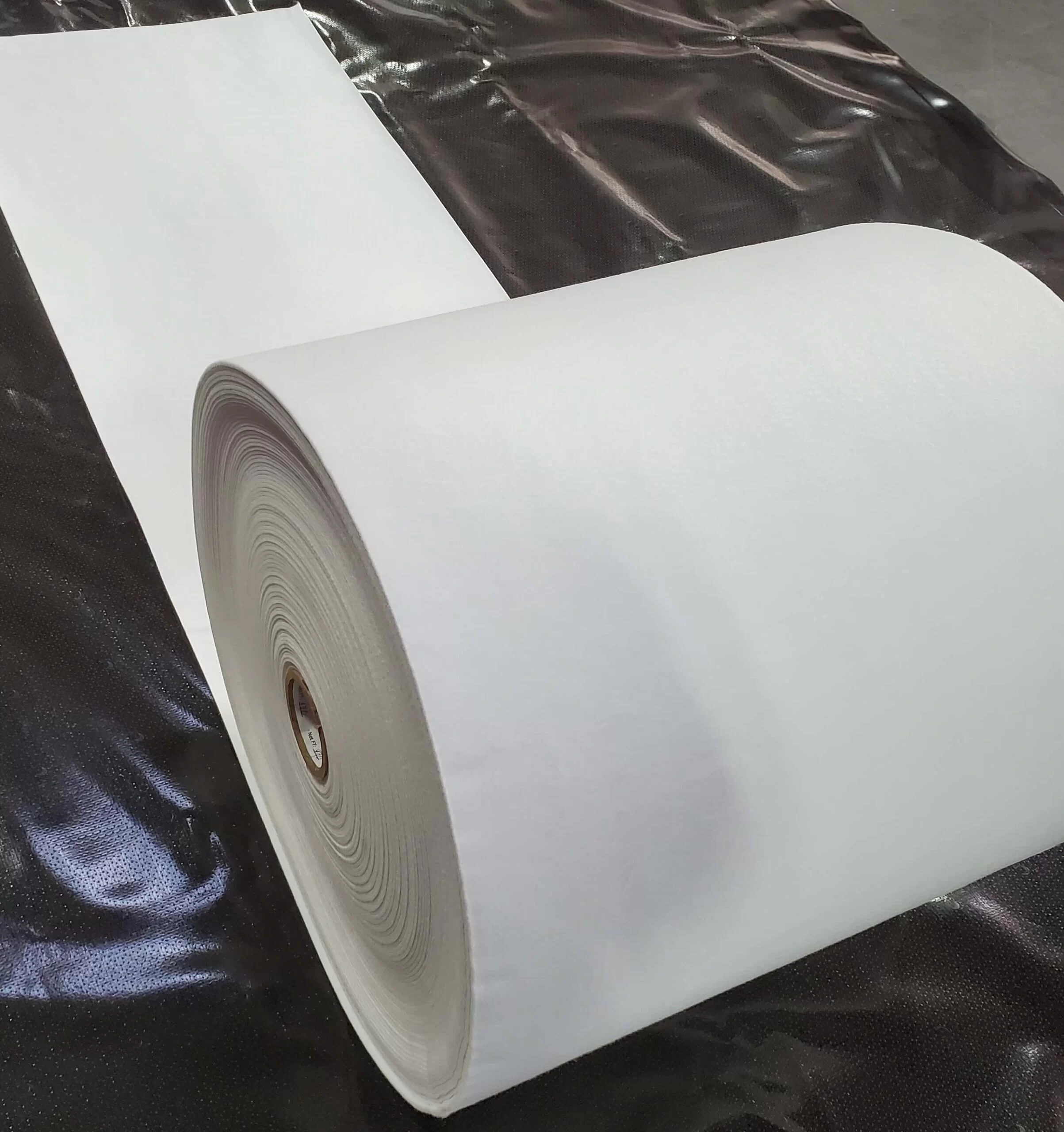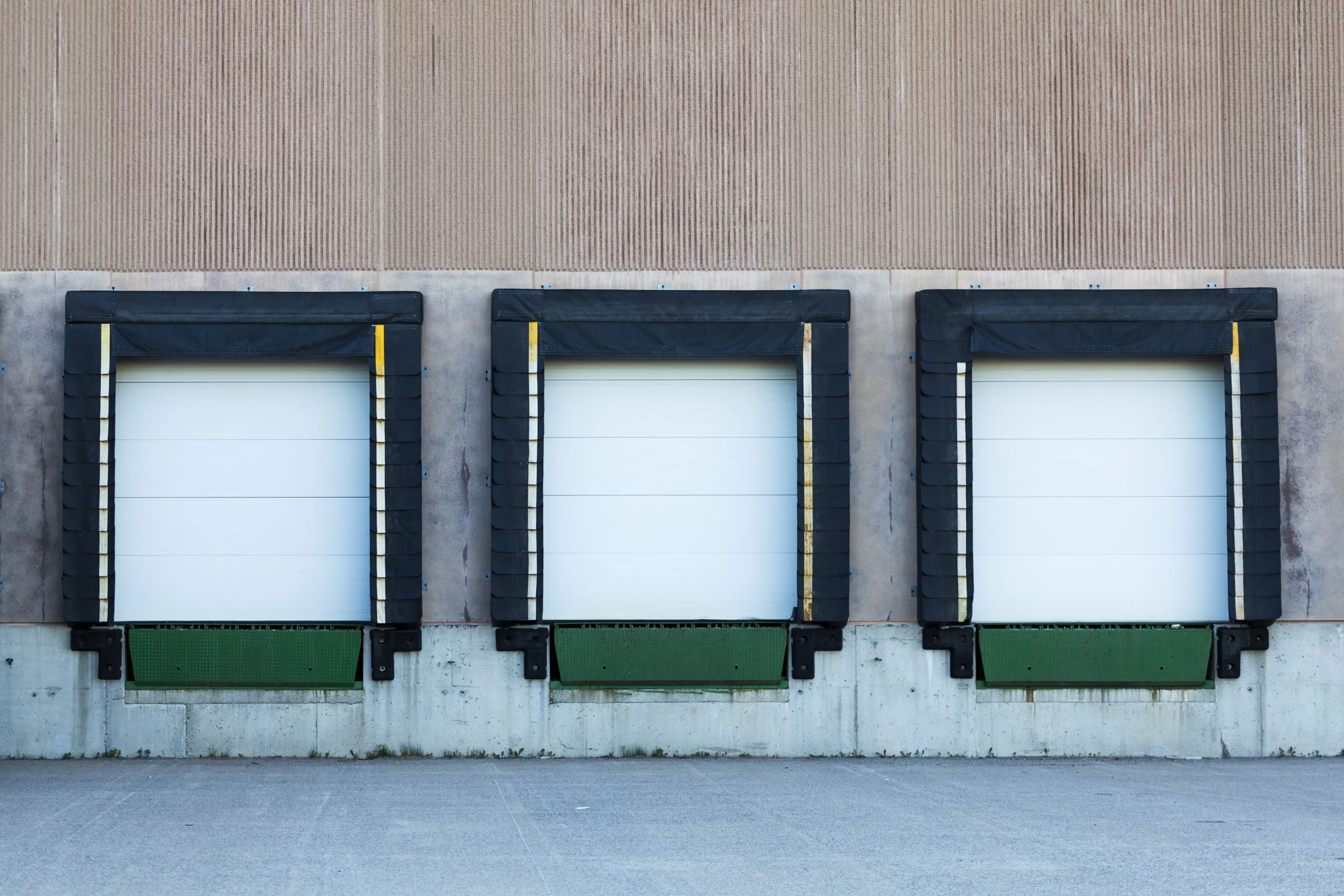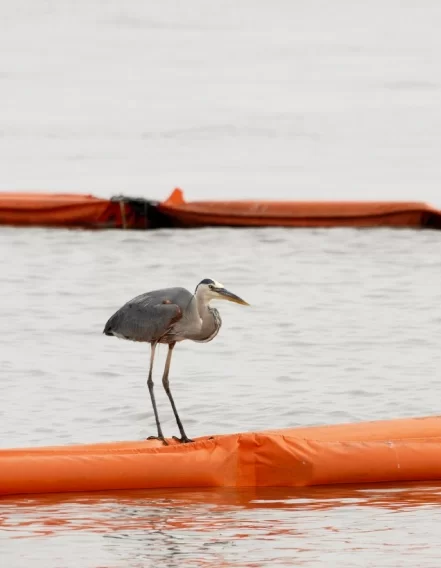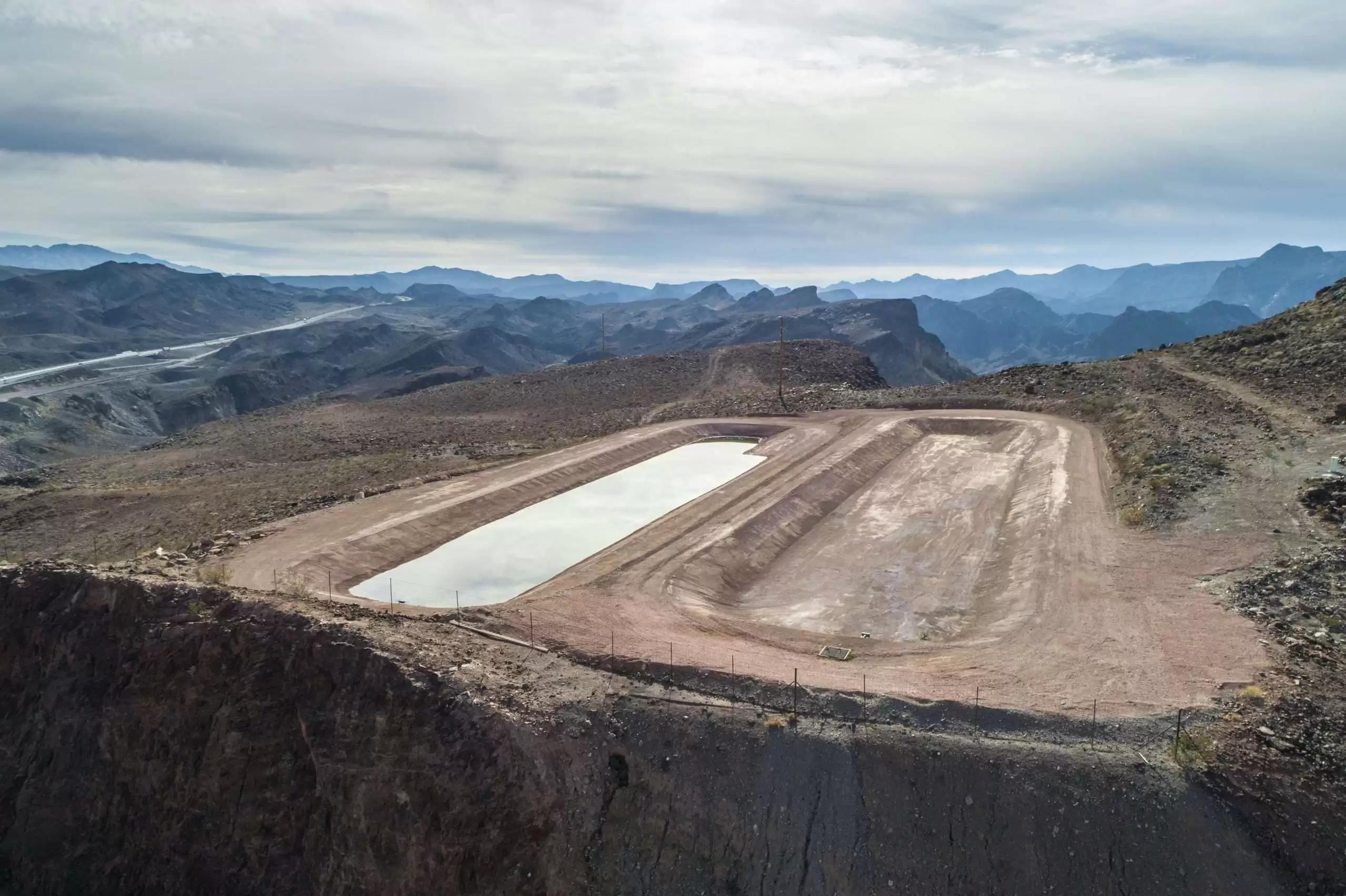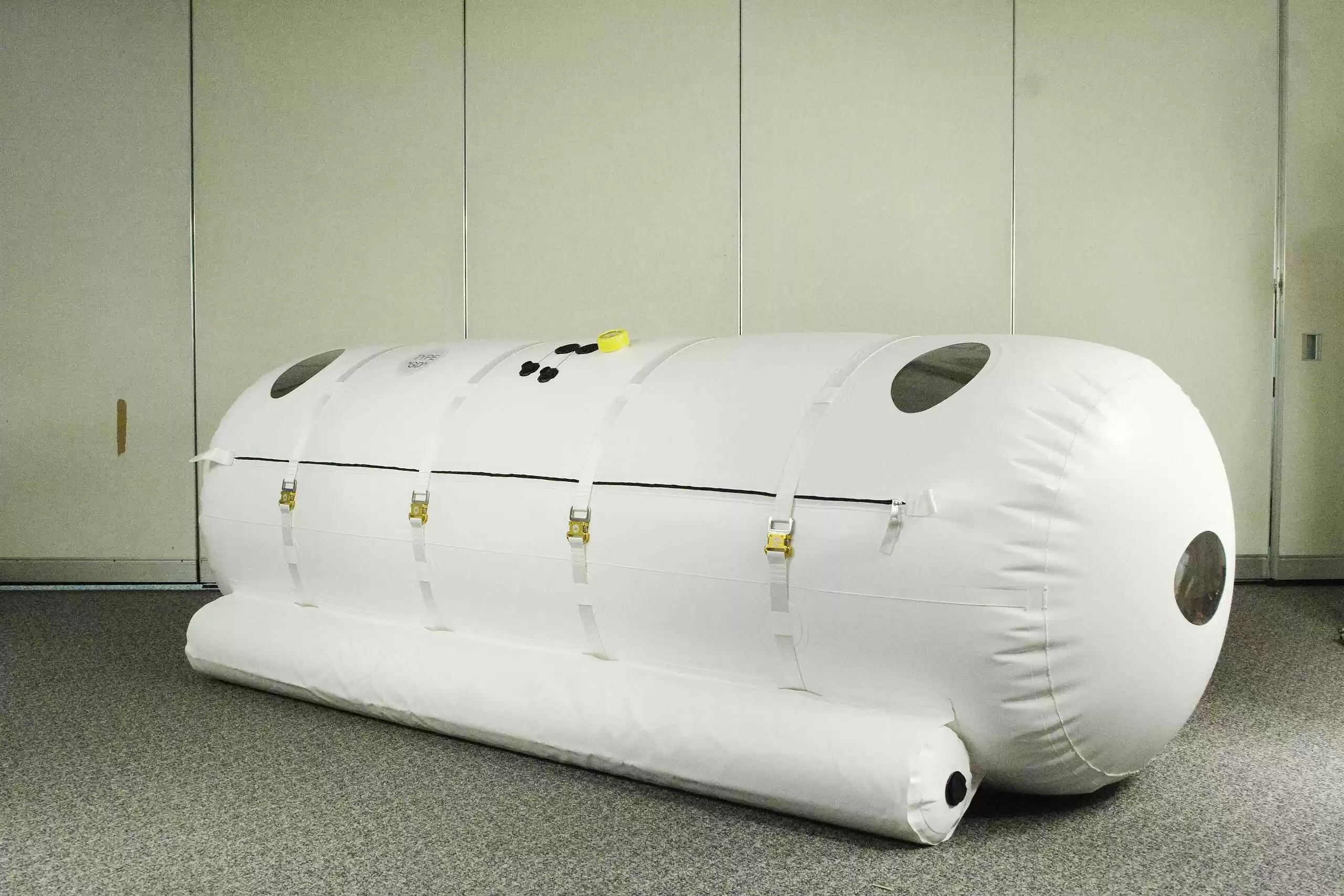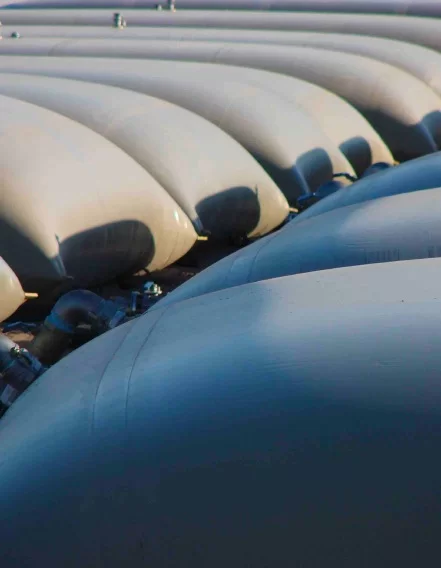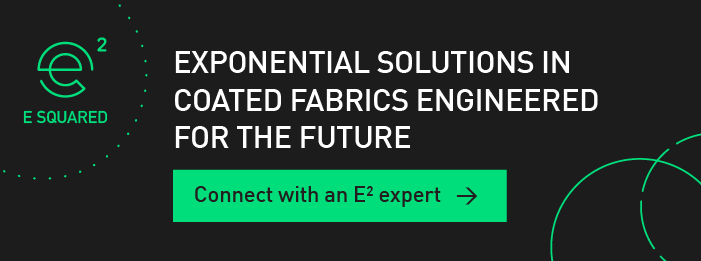When geomembrane seams fail in the field, the ensuing fix is often costly and time-consuming. But testing geomembrane performance ahead of time can help installers avoid the vast majority of issues. In this article, we take a closer look at how you can prevent seam failures and we explain the value of shear and peel strength tests.
Table of Contents
Why Do Seams Fail?
Before we dive into strength tests, it’s important to understand why seams fail in the first place.
In many cases, it’s simply because welders don’t realize that different geomembrane materials require specific settings for their welding equipment. Temperature. Speed (dwell time). Pressure. Geomembranes are produced in a variety of materials, and each requires a specific setting for the 3 welding parameters. The 3 variables are best controlled in a factory fabrication facility. When you transition the process to the field more variables are added.
In addition, getting a high-quality seam in the field becomes difficult. Installers have to deal with changing conditions related to temperature, humidity, and wind throughout the day. Plus, dust and dirt can get into the seams. These factors combine to create a challenging environment and can compromise the integrity of a weld.
Shear and Peel Strength Testing (ASTM D7408 & D7747)
The best way to achieve confidence in a seam is to test it. There are two key tests that engineers can use to test geomembrane seams: shear strength and peel strength. This is in addition to field testing using air lance (ASTM D4437) or air channel testing (ASTM D7177). Our discussion today will focus on Shear and Peel testing.
Testing in The Factory vs Testing in The Field
Shear strength is a measure of the force required for a seam to fail when the materials are pulled across one another. Peel strength measures the force required if the materials are pulled apart to force the seam open. Both tests are destructive, so seams should be tested in a controlled environment rather than in the field. Both factory and field destructive testing are required to certify the factory-fabricated panel and the installed and completed liner.
Who is responsible for confirming the quality of a product’s seams?
Ultimately, the civil engineer is responsible for confirming the quality of a product’s seams. The QC/QA personnel at the factory fabricator and the field installer are ultimately required to test and confirm seam quality.
Additional Tips for High-quality Seams
Size Matters
Beyond testing, there are a few things installers, welders, and engineers can do to ensure high-quality seams.
To start, it’s good practice to use the widest geomembrane material possible to reduce the total number of seams. Also, use extra care when trimming materials. Uneven edges as a result of unsteady blades or bad cuts can impact the weld and seam quality.
A Factory Seam is a Better Seam
Factory seams produced in a factory allow for production and testing in one controlled environment. The best way to ensure seams are uniform in nature is to have them factory-fabricated where the geomembranes can be properly tested.
Determine the Right Temperature
Finally, keep in mind that every geomembrane supplier processes their material differently. Find out what temperature your product was rolled at. This information can help you determine what temperature to weld at to get reliable seams.
Testing is Critical for Ensuring High-Quality Seams
High-quality geomembrane seams are essential to the integrity of every project. The most important thing you can do to confirm the quality of your seams is to test them.
At E2, we’re involved in developing the methods for shear and peel strength tests. That means we know how to test properly and how to interpret the results. Our role in testing also enables us to help coordinate civil engineers, installers, and fabricators to get the best results for your product.
Contact an E2 expert to learn more about how you can ensure top quality for your geomembrane and achieve the most effective and efficient installation.

